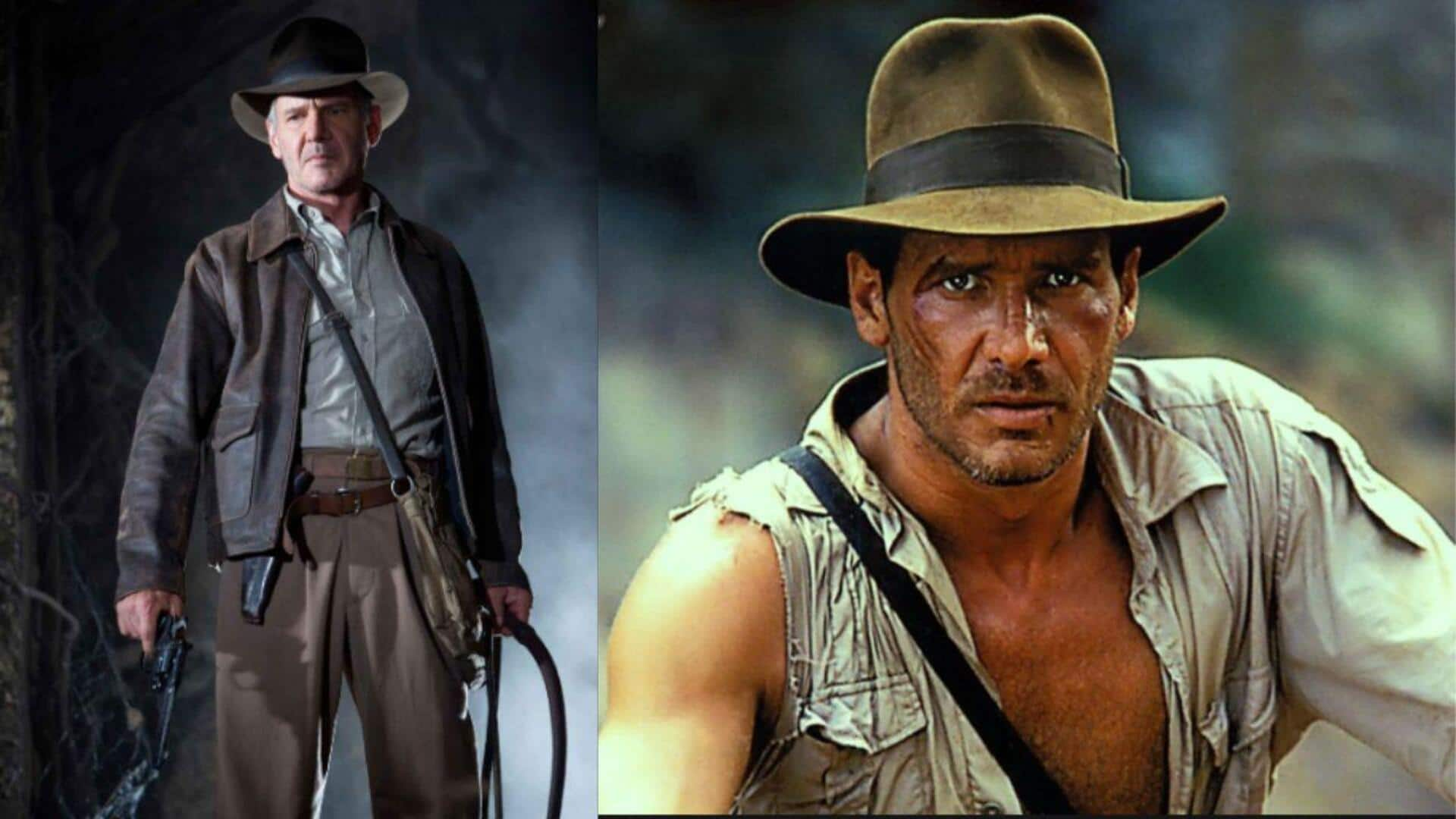
How Indiana Jones has aged like fine (adventure) wine
What's the story
The character of Indiana Jones has become an iconic American cinematic icon, enchanting viewers with his adventurous spirit and daring escapades. Since his debut, Indiana Jones has changed a lot, reflecting changes in the way movies are made as well as audience expectations. This article looks at how this beloved character has evolved to stay relevant over the decades, all the while remaining a fearless archaeologist.
Origins
The birth of Indiana Jones
Indiana Jones made his on-screen debut in 1981 with Raiders of the Lost Ark. The character created by George Lucas and directed by Steven Spielberg introduced fans to the modern-day hero, one who was smart and tough. Inspired by adventure serials from the early twentieth century, the film was nostalgic yet offered something new to the contemporary audience.
Growth
Character development over time
As sequels followed, Indiana Jones evolved as a character and in his stories. Every film threw new challenges at him that made him grow. From fighting personal fears to facing complex moral dilemmas, these developments made his character more interesting. This growth made sure audiences remained engaged with every installment despite the changing cinematic trends.
Influence
Impact on pop culture
The impact of Indiana Jones goes beyond movies; he has become a cultural icon known across the globe. His iconic fedora hat and whip are immediately recognizable symbols of adventure and exploration. This level of recognition has resulted in countless parodies, references in other media formats, and even theme park rides solely to honor this legendary character.
Innovation
Technological advancements in filmmaking
With technology having advanced so much over the last few decades, filmmakers working on Indiana Jones projects had the opportunity to go further than ever before during earlier installments's production periods. Better special effects gave creators more freedom. They could show action sequences or fantastical elements within stories without compromising on realism or believability. These are key components of keeping audiences immersed in viewing experiences.